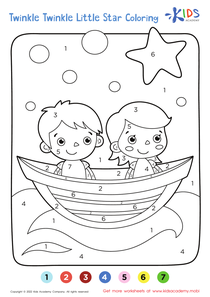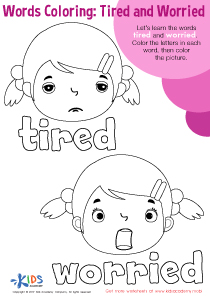Practice subtraction Reading Worksheets for Ages 5-9
4 filtered results
-
From - To
Unlock your child's potential with our engaging "Practice Subtraction Reading Worksheets" tailored for ages 5-9. These interactive worksheets combine essential reading skills with fundamental subtraction practices, creating a dynamic learning experience. Designed to help children build confidence as they tackle fun subtraction problems, these worksheets feature vibrant visuals and relatable scenarios that make math enjoyable! Ideal for at-home use or as supplementary classroom materials, our resources are perfect for reinforcing math concepts while enhancing literacy. Start your child's journey toward mastering subtraction today—download and print these exciting worksheets for a fun-filled educational adventure!
Practice subtraction reading for children ages 5-9 is essential as it significantly supports their overall cognitive and academic development. During these formative years, children are not only learning foundational math skills but also enhancing their reading abilities. Engaging with subtraction problems in a reading context fosters comprehension skills, as they need to understand the problem before solving it. This dual approach reinforces critical thinking and problem-solving skills.
Moreover, interaction with word problems helps children learn to interpret language and apply it to mathematical scenarios, promoting a deeper understanding of both subjects. Early intervention in these skills can set the stage for better performance in higher-level math and literacy tasks later on. Additionally, practice in subtraction can mitigate math anxiety, building confidence as children become familiar with concepts through repeated exposure.
Finally, collaboration between parents and teachers in practicing subtraction reading is instrumental. It fosters a supportive learning environment at home and school, reinforcing skills learned in an engaging way. By incorporating this practice into daily routines or fun activities, parents and teachers can encourage a love for learning while equipping children with essential skills for lifelong success.

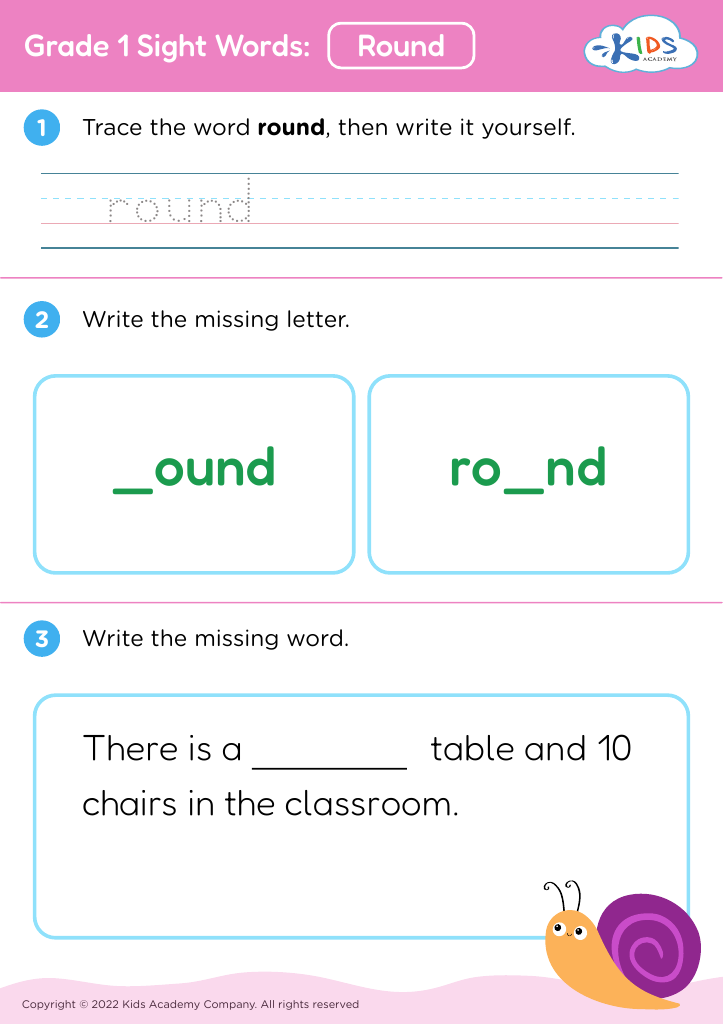
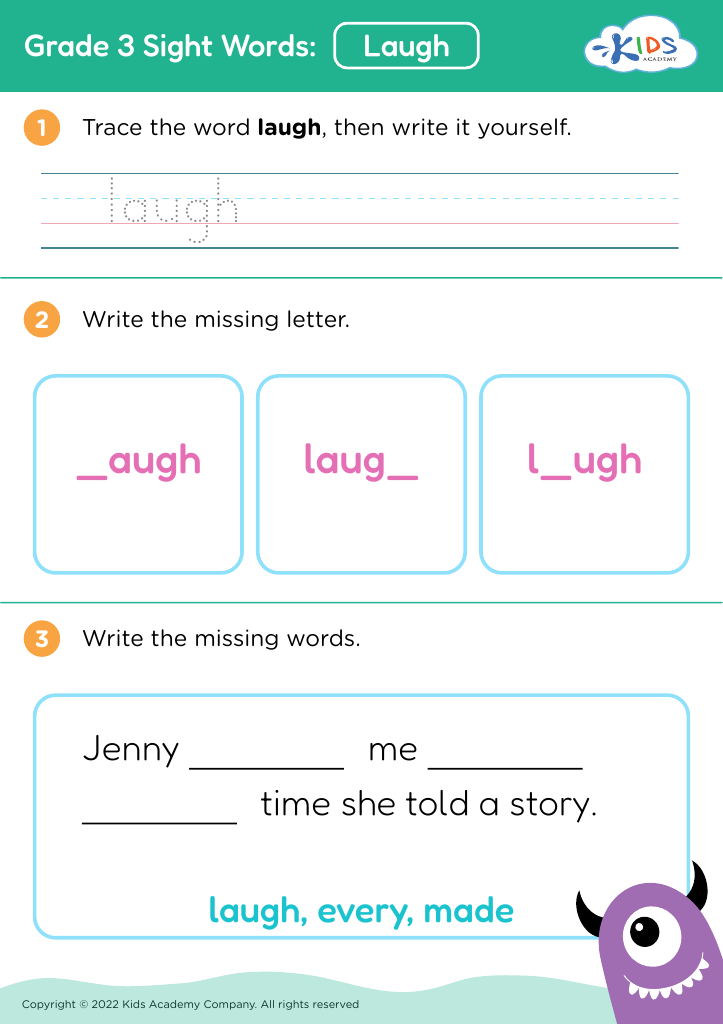
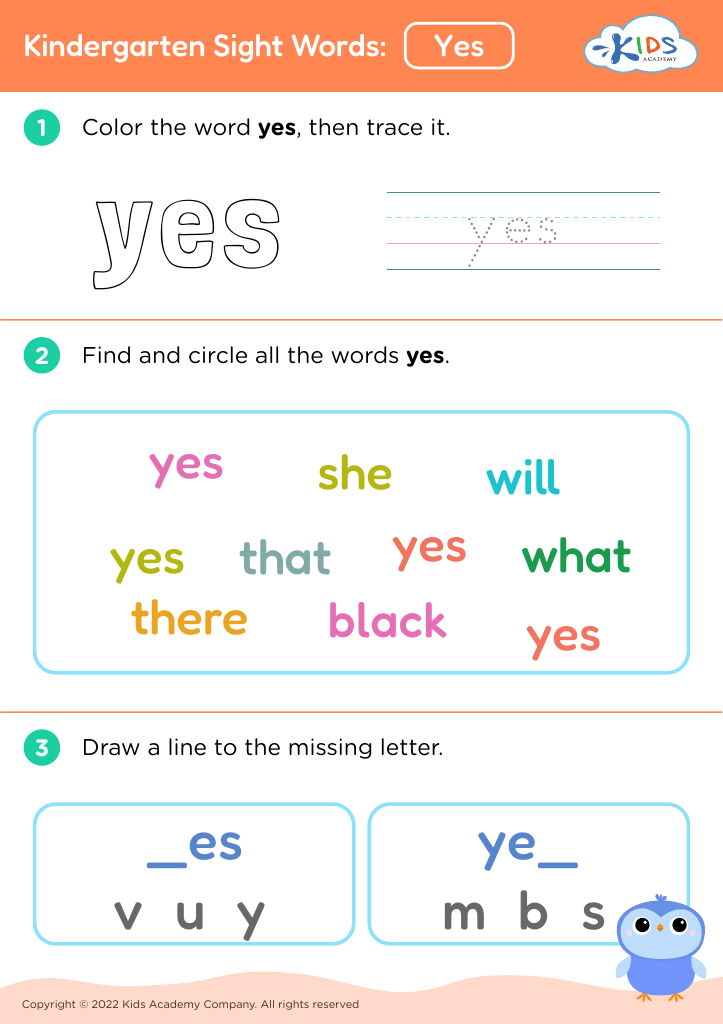
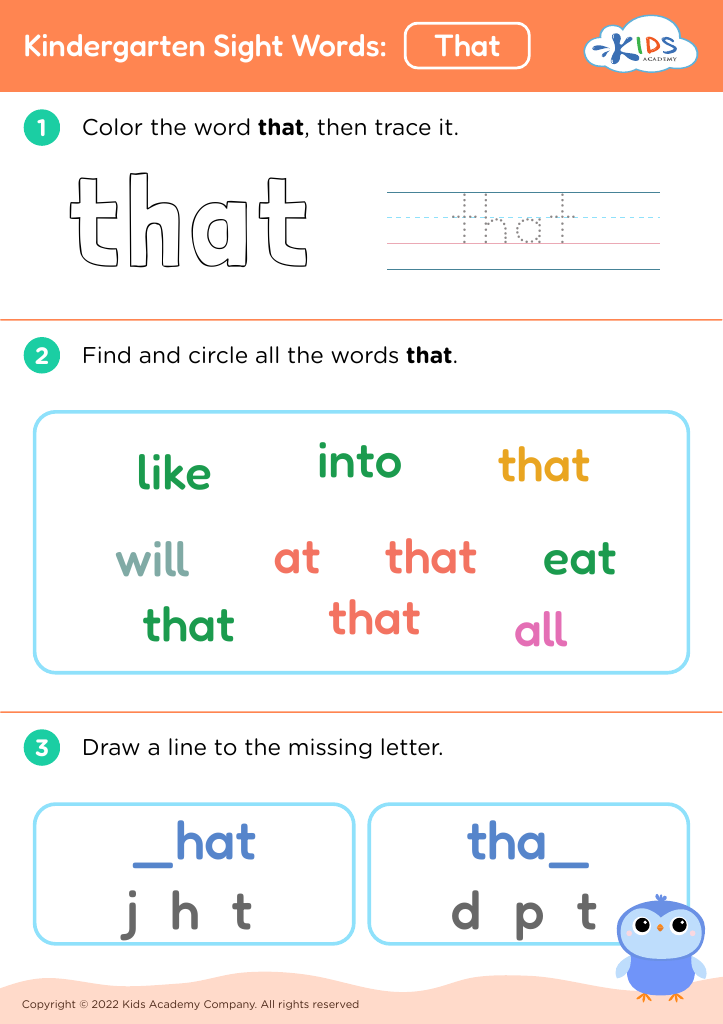






.jpg)




